ROI Analysis Toolkit
Learn how to easily gain buy-in
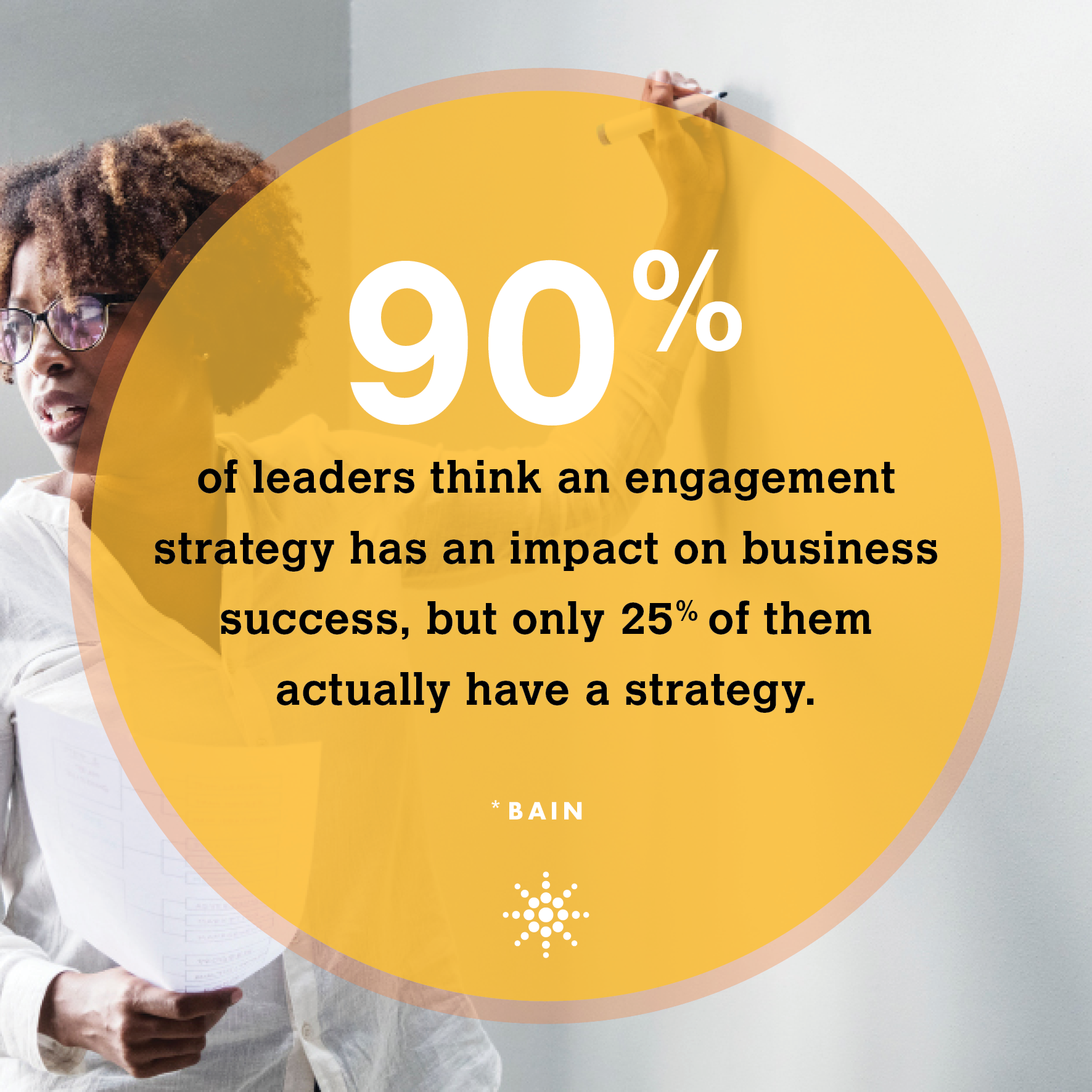
Table of Contents
Show Executives the Bottom Line Impact of Engagement
Increased Revenue: Engaged employees are more productive, which makes the organization more profitable.
Engaged employees take less time off work, which also translates to higher productivity.
Turnover Savings:
Engaged employees don’t want to quit and retaining your top employees is critical.
Increased Productivity:
Engaged employees are more productive, they produce about 35% more work.
But don't worry, you don't need to figure these numbers out on your own. We developed the Employee Engagement ROI Analysis Calculator to help you quickly show the financial upsides of increasing engagement in your unique organization.
Download Your Free ROI Analysis and Calculator
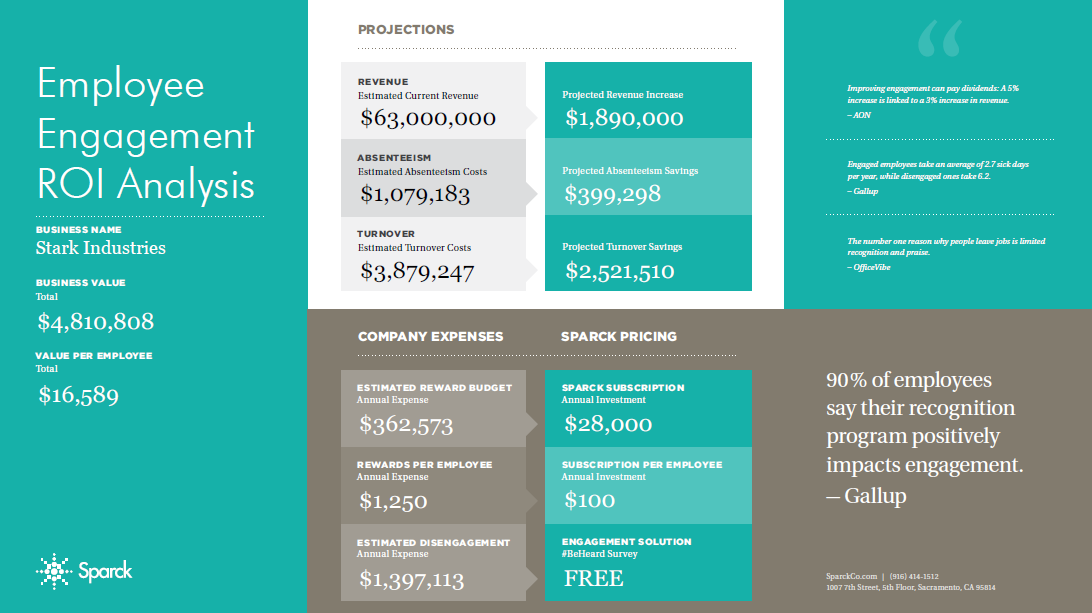
- A customized one-page ROI Analysis to easily present your plan with confidence.
- A Reference Page highlighting the calculations and research behind your financial summaries.
- A Sparck Engagement Calculator to personalize each calculation for your organization in seconds.
This tool is an invaluable resource to initiate a strategic and credible conversation with your leadership team to move employee engagement strategies forward. Show how HR initiatives align with the organization's financial goals using a simple one-page executive summary.
ROI Analysis and Calculator Overview
This calculator is a tool to help you determine the financial numbers you need to complete your ROI Analysis Overview. Here is the only organizational data you need, we will do the rest.
- Turnover Rate (Not sure? We can help you calculate)
- Annual Revenue
- Number of Employees
- Average Salary (Ideally both Entry and Executive levels)
Once you input your data, the calculations will automatically populate. It's that easy! Transfer the data to your ROI Analysis and you are ready to present.
Short on time? No problem, let us do it for you!
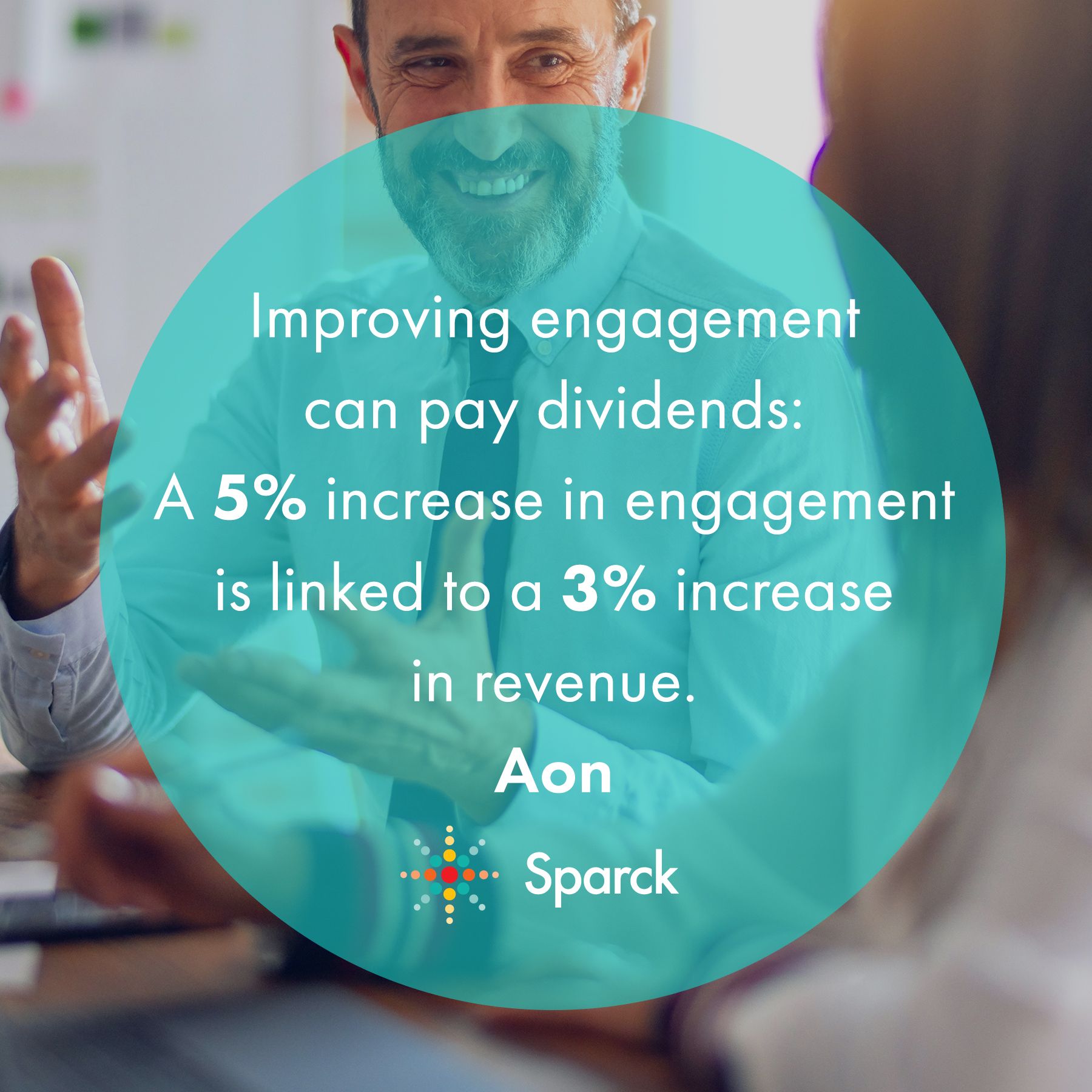
#1 - Increased Revenue
When it comes to ROI, Revenue is at the top of the list for most executives. Calculating your projected revenue increase will certainly grab their attention. Engaged employees are more committed and productive, which drives revenue and efficiency. This has been proven time and again.
A study by Aon found a direct correlation between engagement and revenue. Organizations that increased employee engagement by a mere 5% directly increased their revenue by 3%. Not too bad, right?
#2 - Absenteeism Savings
Did you know that an increase in engagement can save money by reducing the number of "sick days" (cough, cough)?
The numbers don't lie:
- Disengaged employees take 2x as many sick days as engaged employees. Yikes!
- An increase in engagement can save on average of 37% in absenteeism costs.
When employees are missing work, you're paying for the time off while losing productivity. Reduce sick days by increasing your number of engaged employees. It pays to keep your people excited about their work and invested in the organization that cares!
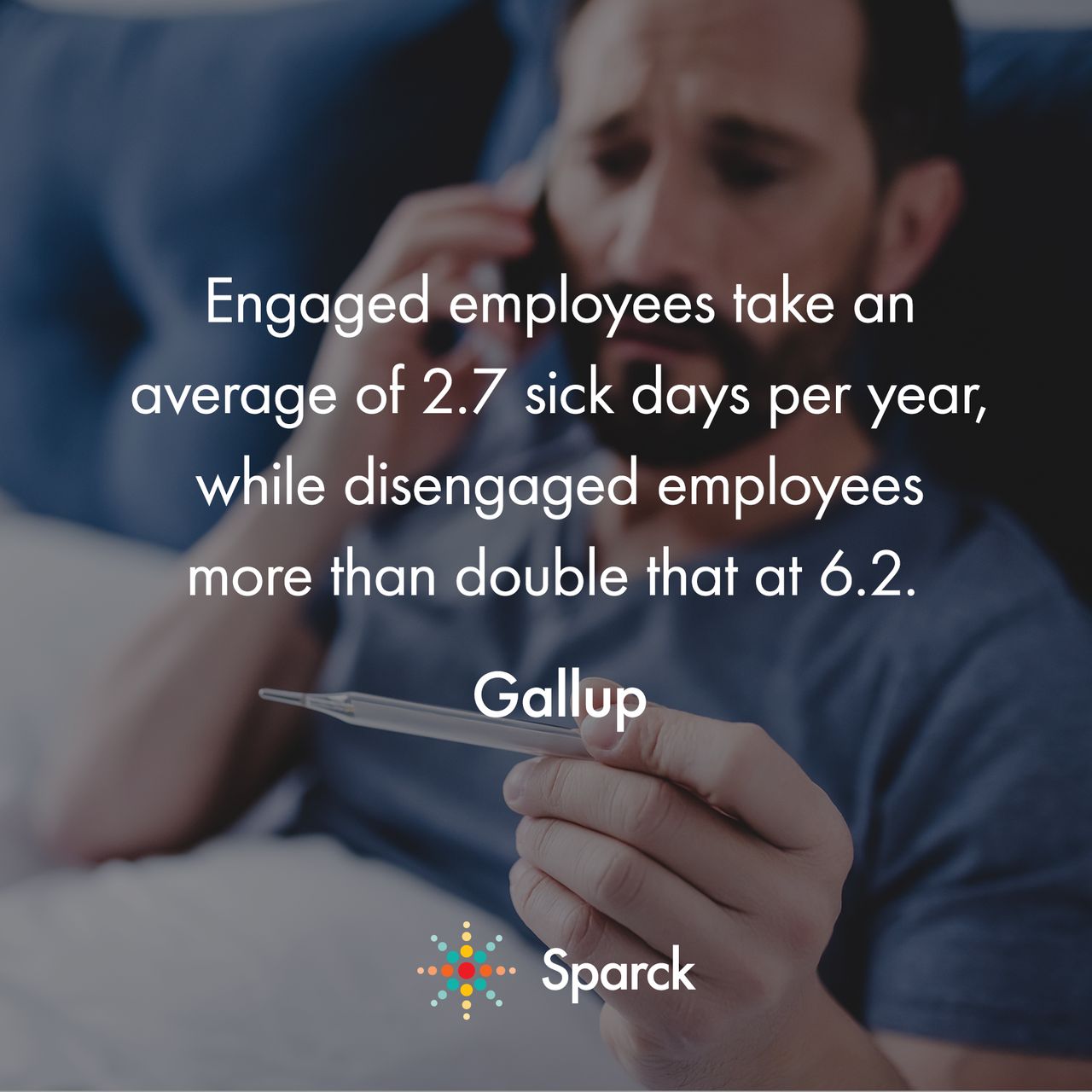
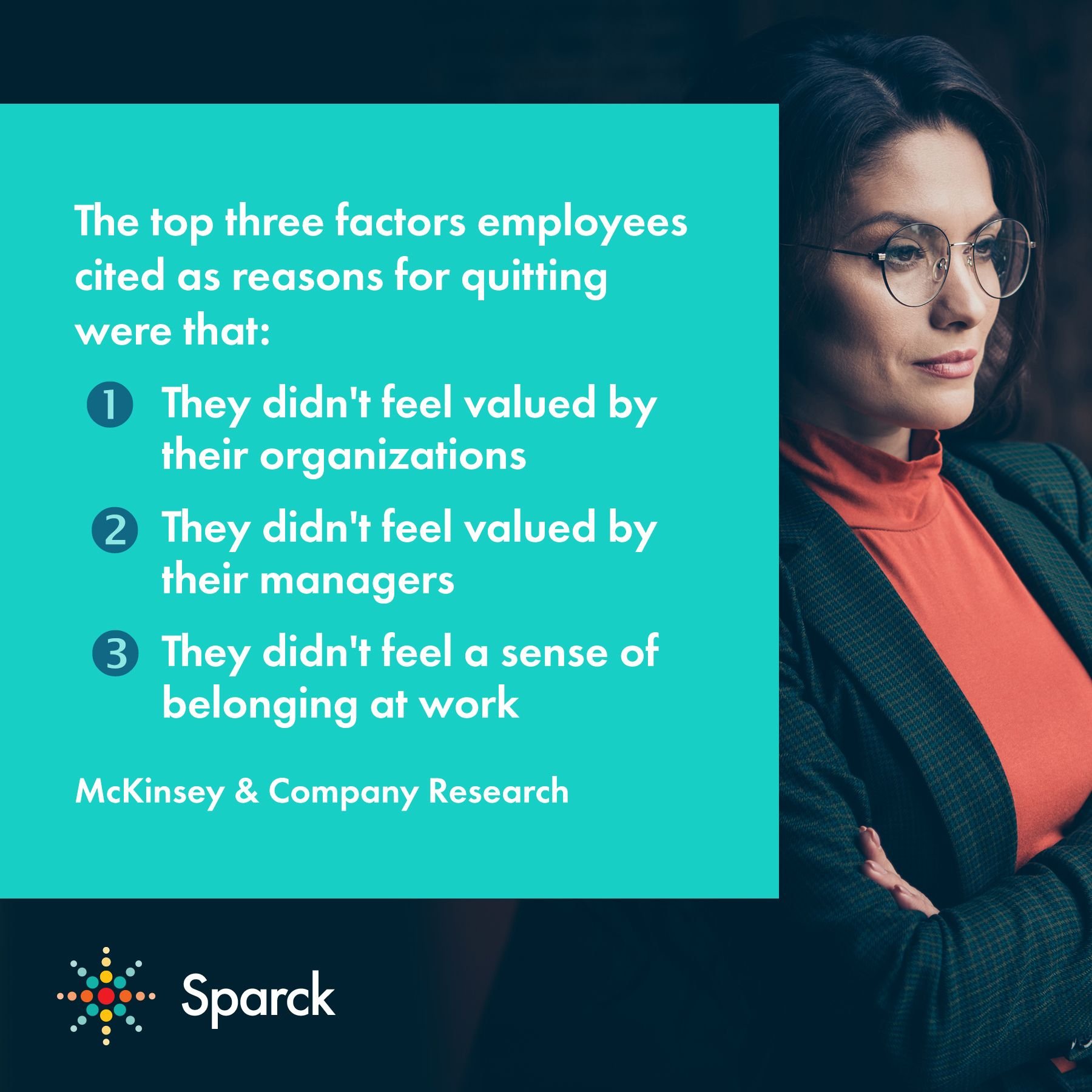
#3 - Turnover Savings
The number one reason why employees quit is because they don't feel appreciated.
True story. Check out the recent McKinsey Study on the Great Resignation.
It’s human nature, a basic need to feel valued and appreciated. Employee recognition is one of the leading drivers of engagement. If this isn't apart of your initiatives now, make sure it will be. The pay off will be tremendous and will help you reach the financial savings highlighted on your ROI Analysis.
You'll notice that one of the biggest financial opportunities when it comes to engagement is retention. Did you know 65% of employees who quit do so voluntarily?
That's right. These are people you want to stay. You have a chance to engage them, recognize them, appreciate them, listen to them and act of their feedback before they put in their notice later. It's never too late.
#4 - Increased Productivity
Employee disengagement is expensive! It costs U.S. businesses up to $550 billion dollars per year in lost productivity.
Employees who aren't engaged certainly aren't motivated to perform. In fact, they are costing their organization about 34% in lost productivity compared to their engaged and committed colleagues. It's a big hit to the bottom line.
So, what does disengagement look like? Here are a few quick examples:
- Showing up late to work
- Missing deadlines
- Surfing the internet for open positions at work
They often roam in crowds. According to Gallup, about 17% of U.S. workforce is disengaged. However, it's important to get your own engagement score to measure and monitor progress. Every organization is unique.
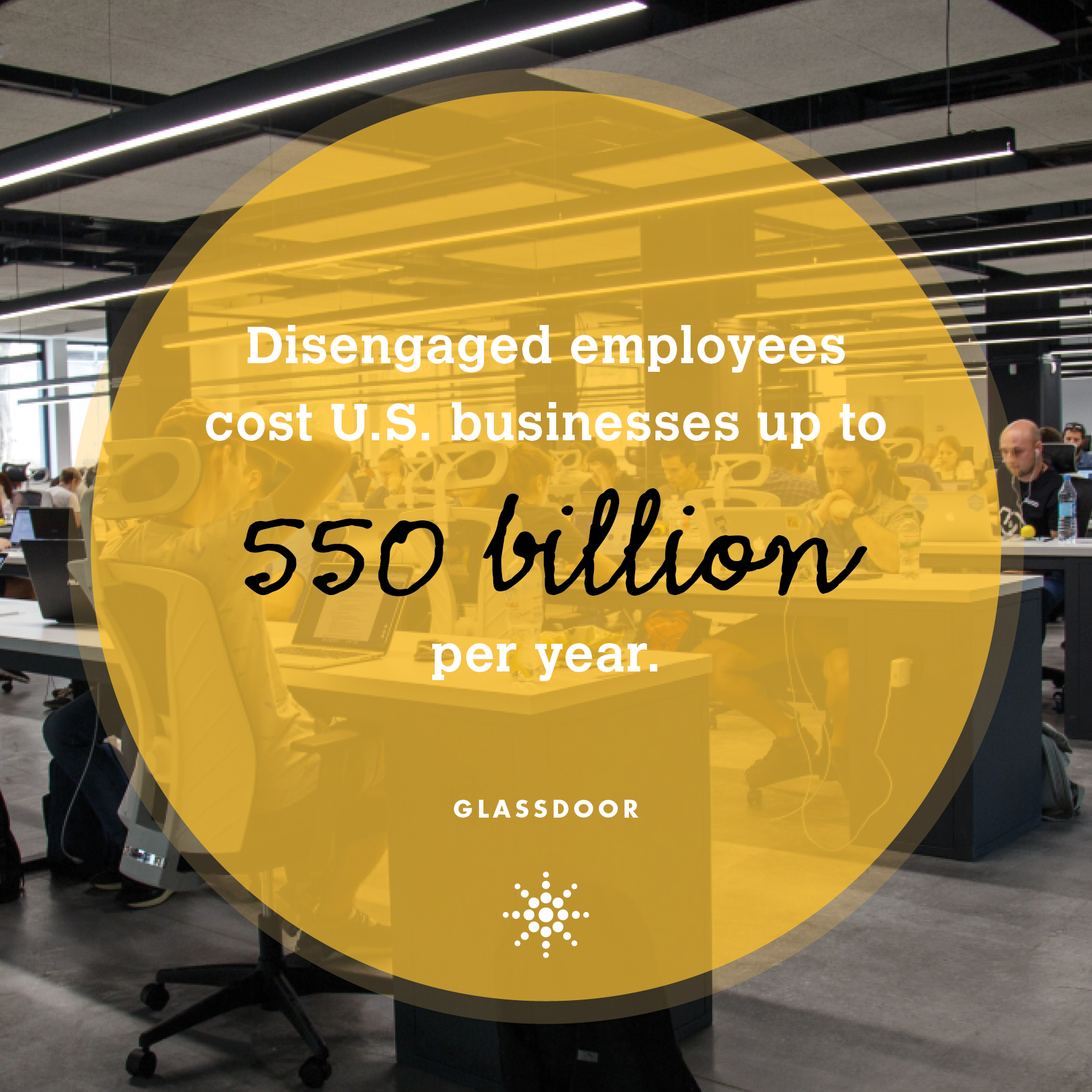
Schedule Your Complimentary Employee Engagement Strategy Call

If you have made it this far, we know you are committed.
Don't stop here, schedule a complimentary strategy session with one of our engagement experts. They can help with any last minute questions, thoughts, or ideas about how to best utilize the ROI Analysis and Calculator.
The great thing about this resource is it can also be used to evaluate different departments and teams to see how an increase in employee engagement can impact their business performance.
This is a sure fire way to gain management buy-in as well.
The opportunities are endless when it comes to engagement and should touch every part of your organization to get the greatest return on investment.
Let's discuss the possibilities!
Free eBook: The Only Four Numbers You Need to Gain Executive Buy-In
Use our free ROI Analysis Calculator to speak your executives' language and gain their support. This research proven resource is personalized to show bottom line impact for your organization by increasing employee engagement.
.png)
What Our Clients Are Saying
"Sparck's free Employee Engagement ROI Analysis tool was an easy and effective way to communicate how an increase in engagement can directly impact our company's performance. The customized one-page overview was a great addition to the executive meeting and gave us a way to look at our specific numbers and outline a solution. I highly recommend this tool to HR professionals who are mapping out their internal strategies and want to upgrade to the #BeHeard Premium Report."
Jennifer Hureaux, HR Manager

